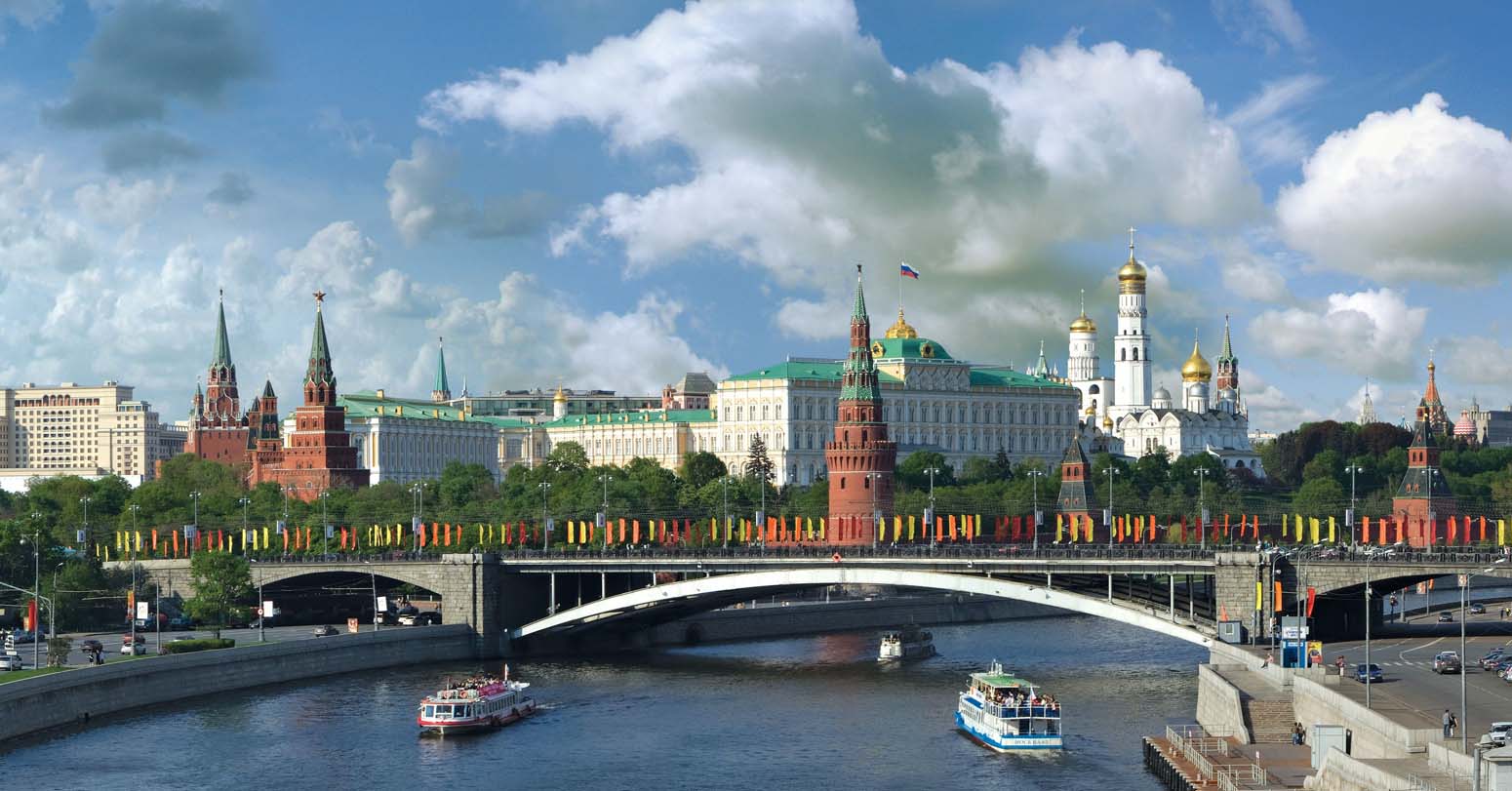Today is being celebrated round the globe as the International Day for Disaster Risk Reduction on the invitation of the United Nations. The theme of this year is "Fighting Inequality for a Resilient future". This theme has been projected in the wake of the disasters hitting hard to persons who are facing inequality of several kinds. These include the physically challenged, the senior citizens, the poor, the ladies and the children. The tradition of celebrating today, the 13th of October began from 1989 on the auspices of the United Nations. It had also invited the global community to celebrate the International Decade of Disaster Reduction in the nineties.
In Nepal, the Disaster Prevention Network also known as DPNet holds programs every year in this auspicious day in addition to several like-minded institutions. So did it organize a program today under the Chairmanship of the Home Minister Narayan Kaji Shrestha. It was run on a mixed mode enabling people from outside the capital city to take part in this program on line.
All the Governments whether them be least developed, developing of developed are seeking to set themselves afloat on a higher trajectory of development.
Many people around the globe are under poverty lines and they are deprived of basic necessities like food, shelter and clothing. All the Governments whether them be least developed, developing of developed are seeking to set themselves afloat on a higher trajectory of development. But disasters often dampen their spirit as they have to spend a substantial amount of money on relief, recovery and reconstruction. It could be seen vividly after the 2015 Gurkha earthquake in Nepal when almost 9000 people were dead. The injured were far many and so were the exponential loss occurred due to the collapse of the buildings.
It could be seen how the disasters hit all parts of the world not caring about geography and politics. The wild fire engulfed Canada, the United States, Greece and many other countries. The state of Lahaina, Hawai was simply shocking due to the blitz up in high flames during night time when the whole city was in deep slumber. The floods have swept large part of the globe bringing misery to several people. The burning example is that of Lebanon where thousands perished after the dam collapsed leading to monstrous flood in the downstream.
Nepal has been falling prey to this global phenomenon right from the early times. It is said that the Licchavi Nepal was turned into ashes in the seventh century in no time. In the seventeenth century, during the regime of Sri Nivas Malla, the Patan Durbar Square is said to have come under the fold of a deadly embezzlement leading to the collapse of the towering and majestic Degu Tale Temple. Though mountainous Nepal is not prone to floods, the Terai often reels under water. The place of flood is taken by landslides that create unimagined devastation in the hills and the mountains of Nepal.
The landslides and flood trouble Nepal like two fast bowlers of Cricket like our own Rajan K C and Sompal Kami haunting in pairs. In 2020, 347 people died due to these twin disasters- with 293 from landslides and 54 from flood. This mishap occurred in total of 911 incidents, 475 from landslides and 436 from floods. There is no dearth of people who die from lightning, wild fire, wild cattle attack and earthquake.
In Nepal, flood and landslides occur due to heavy rain falling on the hills and the mountains which gushes downstream with high speed. Only if part of this rain could be stopped for some time in the hills as well as the mountains, much of these unfortunate events could be damped to a large extent.
One of the means to do so is the age old tested technology of the construction of the ponds. In fact, Chanakya long back in the fourth century BC had recommended for the provision of water body in the cities to address several of the ills plaguing the city and country side. One can see the ponds locally known as pukhus constructed in the Kathmandu valley. They were also used to recharge the stone spouts known as hitis to cater to the need of drinking water. They were also used to irrigate the fields downstream.
The wild animals do not enter to the village reducing human animal confrontation due to the water and fodder created by the percolating water of the pond in their habitat.The lighting also falls on the highland with no population due to the wet environ instead of in the heavily populated midland.
The impact of disasters hitting the country can be reduced to a large extent through the use of this age old technology. It can be done so by constructing ponds of the size that the rugged mountainous terrain permits ranging from 6 feet square to 22 or even more by the sides of the natural channels and the gullies. These ponds should be connected to an overflow pipe which discharges the surplus water in the pond to the gullies maintaining the ecological equilibrium.
Surprisingly, these ponds constructed from the highland also called the lek in Nepali passing though the midland (the kacchad) and the lowland (the besi) can not only prevent the flood but also the landslide due to the lesser quantum of rain water flowing down the hills. Moreover, the wild fire is prevented to a great deal due to the decrease in temperature and increase in the humidity. The wild animals do not enter to the village reducing human animal confrontation due to the water and fodder created by the percolating water of the pond in their habitat. The lighting also falls on the highland with no population due to the wet environ instead of in the heavily populated midland. What is more interesting is its ability to create carbon sink by the carbon di oxide dissolved water being percolated underground.
The columnist has constructed 101 ponds in Kalapani, Mahottari district and 75 in Kharpa in Khotang district with the support of Rotary International Thamel and Nepal Academy of Science and Technnology (Nast), both in the former and Nast alone in the later. Unfortunately, it happened to be only an one off effort and it could not be given continuity. The hall mark of this technology is its simplicity giving opportunity to unskilled people in their place of stay.
The ponds do not address the earthquake. But there is a simple technology which appears to have been used in the past in the construction of temples. This is the use of stones in open joints. It was seen in the foundation of the Bhimshen Temple constructed in the year 1680 in Patan and even in the nearby Bhai Deval during the conservation works. It was tested in Nepal Academy of Science and Technology by the columnist again and it was found to have registered a damping of about 50 per cent. Though it does not address the overcoming primary and secondary body waves, it certainly damps the surface waves which are more damaging and devastating than the body waves. This is again a scientifically tested simple technology and can be implemented with little cost round the country.
It has been clear that the modern technologies or the technologies in practice have failed to address the disaster risk reduction in Nepal. It proves that new innovative and indigenous technologies should be used in order to assuage the pain meted to Nepal every year. But the Government has been more intent on running seminars in five starred hotels than work on the real ground. Seminars are needed but we already had surfeit of them. So the time has come to use alternate technologies. This will be the true celebration of the Disaster Day in Nepal. The present mode is more rhetoric than realistic and is thus very little effective or none at all.
The author is the former Vice-Chancellor of Nepal Academy of Science and Technology (NAST).



















Comprehensive Data Protection Law Critically
Gender Differences In Mental Healthcare
Messi Wins Best FIFA Men’s
Erosion of Democracy
Fly Dubai Catches Fire in
“Complexities of the South Asian